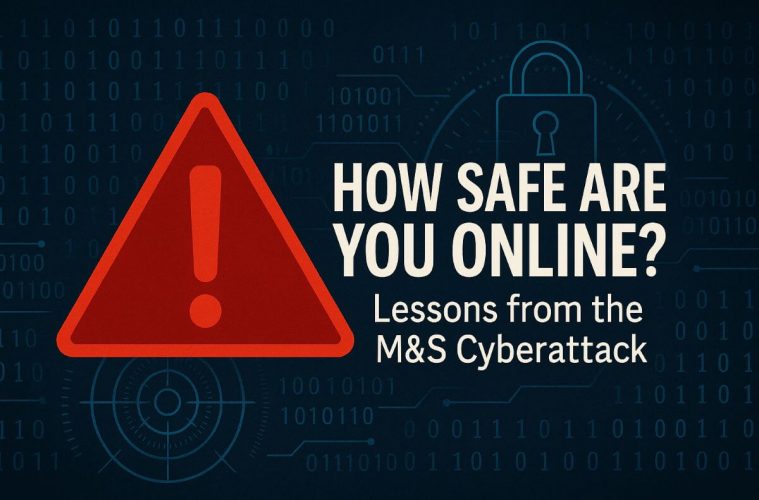In an age where we live, shop, and bank online, the threat of cybercrime is a real, everyday risk for all of us. The recent cyberattack on high-street giant Marks & Spencer (M&S) proves that even established brands with deep resources aren’t immune. If they can be targeted, so can you.
The Everyday Risks of Browsing Unprotected
Most people don’t realise how exposed they are online. Visiting an unsecured website, clicking a dodgy link, or using public Wi-Fi can all open the door to hackers. And once they’re in, cybercriminals can steal your data, hijack your identity, or install malware on your devices without you noticing. From phishing emails disguised as delivery updates to fake login pages crafted to harvest passwords, the digital landscape is full of traps. It doesn’t take a highly skilled hacker to break into someone’s online life, it just takes a single weak spot and a malicious entity that knows what it’s doing.
Common Tactics Used by Cybercriminals
Cybercriminals rely on simple tricks that work again and again. One of the most common is password reuse. If you use the same password across multiple sites and one of them gets breached, every account using that password is now at risk. Brute-force attacks, phishing scams, and malware-laced downloads are all still popular because, frankly, they still work. Social engineering is another rising threat. Hackers manipulate victims into handing over sensitive information by pretending to be someone they trust.
Lessons Learned from the M&S Cyberattack
The M&S cyberattack was a wake-up call. Hackers gained access to customer accounts, exposing personal data and raising questions about how even major retailers handle online security. While full details haven’t been made public, the breach highlights a simple truth: size doesn’t equal safety. For consumers, this should reinforce the need to take personal cybersecurity seriously. You can’t assume a brand will always protect your information. You must take your own steps to stay secure.
Essential Tools for Safer Internet Use
If there’s one tool every sensible internet user should install as soon as possible, it’s a reliable password manager. These magical apps generate and store strong, unique passwords for each of your accounts, meaning you never have to remember them, and you never be tempted to reuse them. A good password manager can protect you from a host of threats and even if one site is compromised, your other accounts remain safe. Combine that with antivirus software, browser extensions that block trackers and malicious sites, and you’re already far more secure than the average user.
Best Habits for Long-Term Digital Protection
Technology helps, but your habits matter even more. Enable two-factor authentication wherever you can. Don’t click on links in unsolicited emails. Avoid public Wi-Fi for sensitive tasks. And update your software regularly because most updates will immediately fix known security flaws. In short, the internet isn’t going to get any safer on its own. But with the right tools and a bit of vigilance, you certainly can be.




